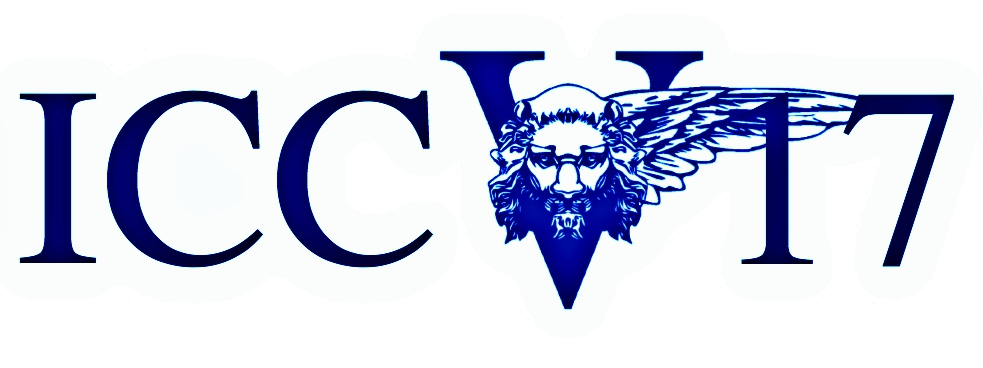-
Aligned Image-Word Representations Improve Inductive Transfer Across Vision-Language Tasks
AbstractAn important goal of computer vision is to build systems that learn visual representations over time that can be applied to many tasks. In this paper, we investigate a vision-language embedding as a core representation and show that it leads to better cross-task transfer than standard multi-task learning. In particular, the task of visual recognition is aligned to the task of visual question answering by forcing each to use the same word-region embeddings. We show this leads to greater inductive transfer from recognition to VQA than standard multitask learning. Visual recognition also improves, especially for categories that have relatively few recognition training labels but appear often in the VQA setting. Thus, our paper takes a small step towards creating more general vision systems by showing the benefit of interpretable, flexible, and trainable core representations.
Related Material
[pdf] [arXiv][bibtex]@InProceedings{Gupta_2017_ICCV,
author = {Gupta, Tanmay and Shih, Kevin and Singh, Saurabh and Hoiem, Derek},
title = {Aligned Image-Word Representations Improve Inductive Transfer Across Vision-Language Tasks},
booktitle = {Proceedings of the IEEE International Conference on Computer Vision (ICCV)},
month = {Oct},
year = {2017}
}
These ICCV 2017 papers are the Open Access versions, provided by the Computer Vision Foundation.
Except for the watermark, they are identical to the accepted versions; the final published version of the proceedings is available on IEEE Xplore.
Except for the watermark, they are identical to the accepted versions; the final published version of the proceedings is available on IEEE Xplore.
This material is presented to ensure timely dissemination of scholarly and technical work.
Copyright and all rights therein are retained by authors or by other copyright holders.
All persons copying this information are expected to adhere to the terms and constraints invoked by each author's copyright.

